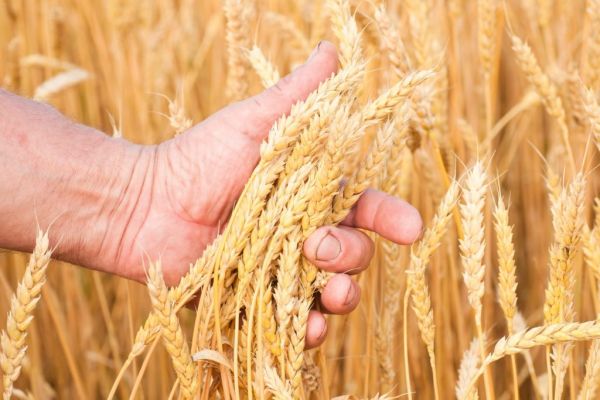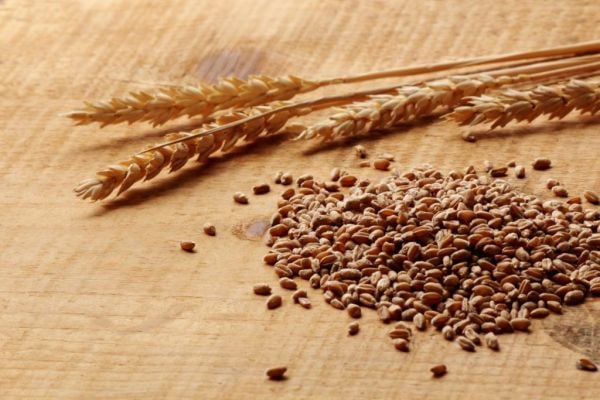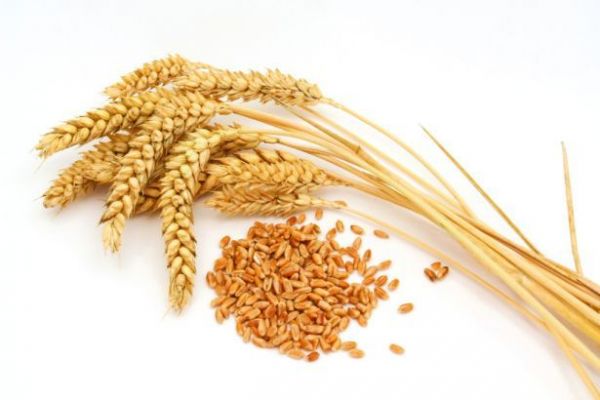In the final two months of 2015, U.S. farmland got the most rain since 1895, a sign that national corn and soybean yields will shrink in 2016 as the strongest El Nino on record ebbs, T-storm Weather LLC said.
Since 1960, there have been nine wet finishes to a year that were followed six times in the next season by reduced yields. In five of those instances - 1974, 1983, 1988, 1993 and 2012 - corn yields were 15 bushels an acre to 33 bushels below the trend since 1960, said Mike Tannura, the president of Chicago-based T-storm. In four of those years, soybean yields were 3 bushels an acre to 7 bushels smaller.
From September to December, average temperatures were the second-highest ever, and the weakening El Nino signals that the weather in July and August will be hotter than average, if history is any guide, Tannura said. Global inventories of corn and soybeans will rise to records before this year’s harvests following a run of bumper crops, the U.S. government forecasts. In 2015, prices of the grain and oilseed fell for the third straight year. In 2012, futures in Chicago surged to records after a Midwest drought ravaged fields.
“We are looking at the Hall of Fame of bad crop years that follow a wet November-to-December period,” Tannura said Thursday in a telephone interview. “It’s not a 100 per cent probability of a poor crop, but the risk is considerably higher than usual for lower yields.”
Hot Odds
In nine of the past 10 diminishing El Nino weather events, August temperatures have been above average, Tannura said. The final reading in the Midwest for the six months that end Feb. 29 may show one of the warmest since 1895, perhaps setting a record, Tannura said. In all of the previous top 10 warmest six-month periods ending in February, the temperatures in the following July and August were above normal, he said.
In those two months, corn plants fill kernels with sugars and starch, and soybeans fill pods with beans. The trend yield for corn is 166 bushels this year, down from 169.3 bushels forecast by the government in 2015, Tannura said. He forecast soybeans at 45 bushels, down from a record 48.3 bushels last year.
“When you put all three weather phenomena together, you may have some idea what is happening in the atmosphere,” Tannura said. “If there was ever a year to be worried about corn and soybean yields in January, 2016 is that year.”|
Corn futures for March delivery rose 1.1 per cent to close at $3.57 a bushel on the Chicago Board of Trade, the biggest gain for a most-active contract since Dec. 17. The grain has declined 9.4 per cent in the past 12 months.
Soybean futures for March delivery climbed 0.1 per cent to $8.6525 a bushel. The oilseed has dropped 17 per cent in the past 12 months.
News by Bloomberg, edited by ESM. To subscribe to ESM: The European Supermarket Magazine, click here.














